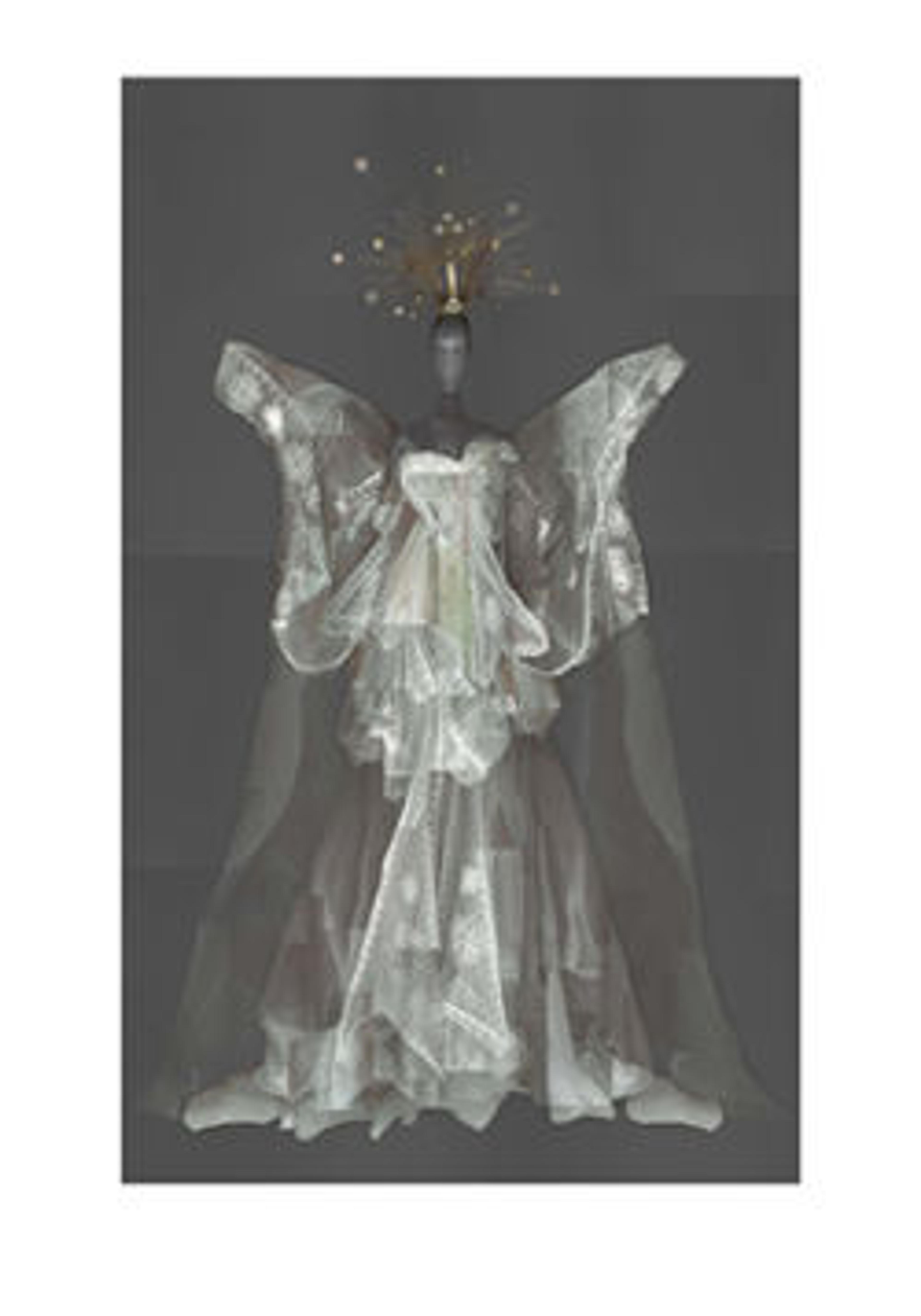The Adoration of the Magi
The convent church in Altenberg-an-der-Lahn in its present form was begun between 1250 and 1267 under the abbacy of Gertrud von Nassau (d. 1297), and construction continued until about 1280. These panels (acc. nos. 2003.478.1, .2), executed shortly thereafter, came from the apsidal window. Removed during the secularizations, they became the property in 1804 of Graf Franz von Erbach, who had them installed in his private funerary chapel at Schloss Erbach, where they remained until about 1940. The panels join two more representing the Annunciation that originally came from the same window and were acquired by The Cloisters in 1993 (acc. nos. 1993.251.1, .2). The distinctive style is characterized by the monumentality and bold outlines of the animated figures along with the somewhat archaized treatment of the draperies.
Artwork Details
- Title: The Adoration of the Magi
- Date: ca. 1290–1300
- Geography: Made in Altenberg-an-der-Lahn, Hesse, Germany
- Culture: German
- Medium: Pot-metal glass and vitreous paint
- Dimensions: 30 1/4 × 14 in. (76.8 × 35.6 cm)
- Classification: Glass-Stained
- Credit Line: The Cloisters Collection, 2003
- Object Number: 2003.478.2a, b
- Curatorial Department: Medieval Art and The Cloisters
More Artwork
Research Resources
The Met provides unparalleled resources for research and welcomes an international community of students and scholars. The Met's Open Access API is where creators and researchers can connect to the The Met collection. Open Access data and public domain images are available for unrestricted commercial and noncommercial use without permission or fee.
To request images under copyright and other restrictions, please use this Image Request form.
Feedback
We continue to research and examine historical and cultural context for objects in The Met collection. If you have comments or questions about this object record, please complete and submit this form. The Museum looks forward to receiving your comments.
